The Janhvi Kapoor debacle proves Bollywood has no place on the runway
Let’s call it what it is: Bollywood’s takeover of fashion weeks is a scam.
The recent Lakmé Fashion Week 2025 was yet another cringe fest where star kids stumbled down the ramp like deer in headlights, while actual models who are trained, polished, and internationally celebrated were reduced to background props. Case in point: Janhvi Kapoor’s noticeably awkward walk paled in comparison to the professional model behind her, Tamanna Balar, who moved with effortless grace. The contrast was honestly embarrassing.
But this isn’t just about Janhvi. This is about an industry that prioritises fame over skill, nepotism over talent, and PR stunts over real fashion. Bollywood celebrities may have a place in entertainment, but most are simply not trained for the runway. They are there because their last name guarantees headlines, and we know it.
Meanwhile, India’s top models and we mean women who have walked for Chanel, Balenciaga, and Dior are sidelined in their own country. These women have spent years mastering their craft, only to watch some star kid with zero runway experience steal their spotlight.
Enough is enough. It is time to give the ramp back to real models
Fashion runways are meant to celebrate artistry, movement, and the perfect marriage between a model and the garment. So why are we letting Bollywood celebrities hijack the spotlight while actual models, who have spent years honing their craft, get sidelined?
Let’s be real. A list actors bring eyeballs, but do they bring skill? Designers and brands keep booking them because fame sells. But at what cost? Stiff walks, awkward poses, and outfits that never get the showcase they deserve.
The hard truth about Bollywood’s runway takeover
- They are not models. Walking a runway is a skill, not a PR opportunity.
- They steal spots from professionals who actually know how to move in couture.
- It is all about privilege. Nepo kids get invites, models grind for years and still get ignored.
This is not just unfair but it is bad for fashion. When star power overshadows real talent, the entire industry suffers.
It is time for a change
We need to start valuing craft over clout. If Indian fashion wants global respect, it must put models and not celebrities first.
Because let’s face it. No Bollywood star could ever own the runway like these women can.
1. Bhumika Arora
Walked for: Chanel, Balmain, Alexander Wang
Why Bollywood cannot compete: Her lethal walk has shut down Paris and Milan, yet Indian designers still waste opportunities on stiff starlets.
2. Pooja Mor
Walked for: Louis Vuitton, Givenchy, Stella McCartney
Why Bollywood cannot compete: She turns fabric into art. Meanwhile, Bollywood’s idea of a runway walk is smizing awkwardly and hoping no one notices the stiff hips.
3. Radhika Nair
Walked for: Balenciaga, Miu Miu, Chloe
Why Bollywood cannot compete: The first Indian model to walk for Balenciaga, something no Bollywood celeb could ever pull off without tripping.
4. Lakshmi Menon
Walked for: Hermès, Givenchy, Jean Paul Gaultier
Why Bollywood cannot compete: She paved the way for Indian models globally, while Bollywood stars still cannot figure out how to walk in heels.
5. Ujjwala Raut
Walked for: YSL, Dolce & Gabbana, Victoria’s Secret
Why Bollywood cannot compete: She owned international runways while today’s star kids were still learning how to pose for Instagram.
6. Avanti Nagrath
Walked for: Fendi, Chanel Haute Couture
Why Bollywood cannot compete: She dominated Couture Week, while Bollywood’s idea of high fashion is over accessorising at a movie premiere.
7. Neelam Gill
Walked for: Burberry, Dior, Abercrombie & Fitch
Why Bollywood cannot compete: The first Indian model in a Burberry campaign, again something no Bollywood A lister has ever achieved.
8. Anjali Lama
Walked for: Amazon India Fashion Week, multiple global shows
Why Bollywood cannot compete: She broke barriers as Nepal’s first transgender model, while Bollywood still struggles with basic inclusivity.
9. Kirandeep Chahal
Walked for: Dior, Paris Fashion Week
Why Bollywood cannot compete: From journalist to Dior’s runway, real hustle unlike star kids who get handed opportunities.
10. Nayonika Shetty
Walked for: Diesel, Erdem, Dior, Sabyasachi
Why Bollywood cannot compete: She embodies high fashion, while Bollywood’s idea of modelling is standing still and looking pretty.
Final take: Stop robbing models of their due
Fashion weeks should be about fashion and not fame. Every time a Bollywood celebrity hogs the runway, a deserving model loses a spot. These women have earned their place through skill, discipline, and raw talent and not because of a famous last name. While actors like Janhvi Kapoor and even Shah Rukh Khan frequently headline fashion weeks, they lack the years of training, posture, and fluidity that professional models bring to the table.
It is time to demand better. The next time a star kid stumbles down the ramp, ask yourself: Would this opportunity have been given to a model who actually knows how to walk?
The answer is obvious.







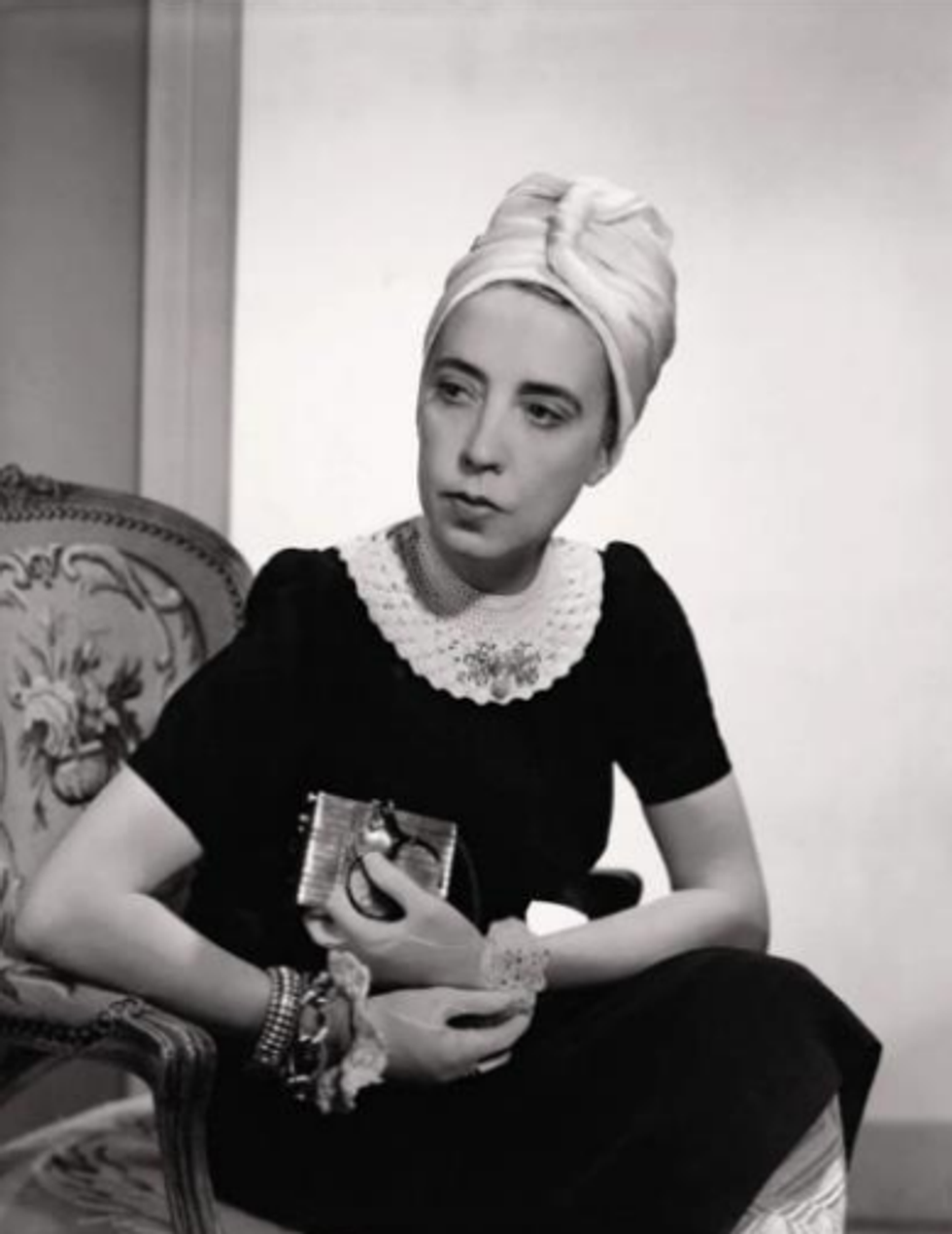 Vogue 1940; Designer Elsa Schiaparelli wearing black silk dress with crocheted collar of her own design and a turbanFredrich Baker/Condé Nast via Getty Images
Vogue 1940; Designer Elsa Schiaparelli wearing black silk dress with crocheted collar of her own design and a turbanFredrich Baker/Condé Nast via Getty Images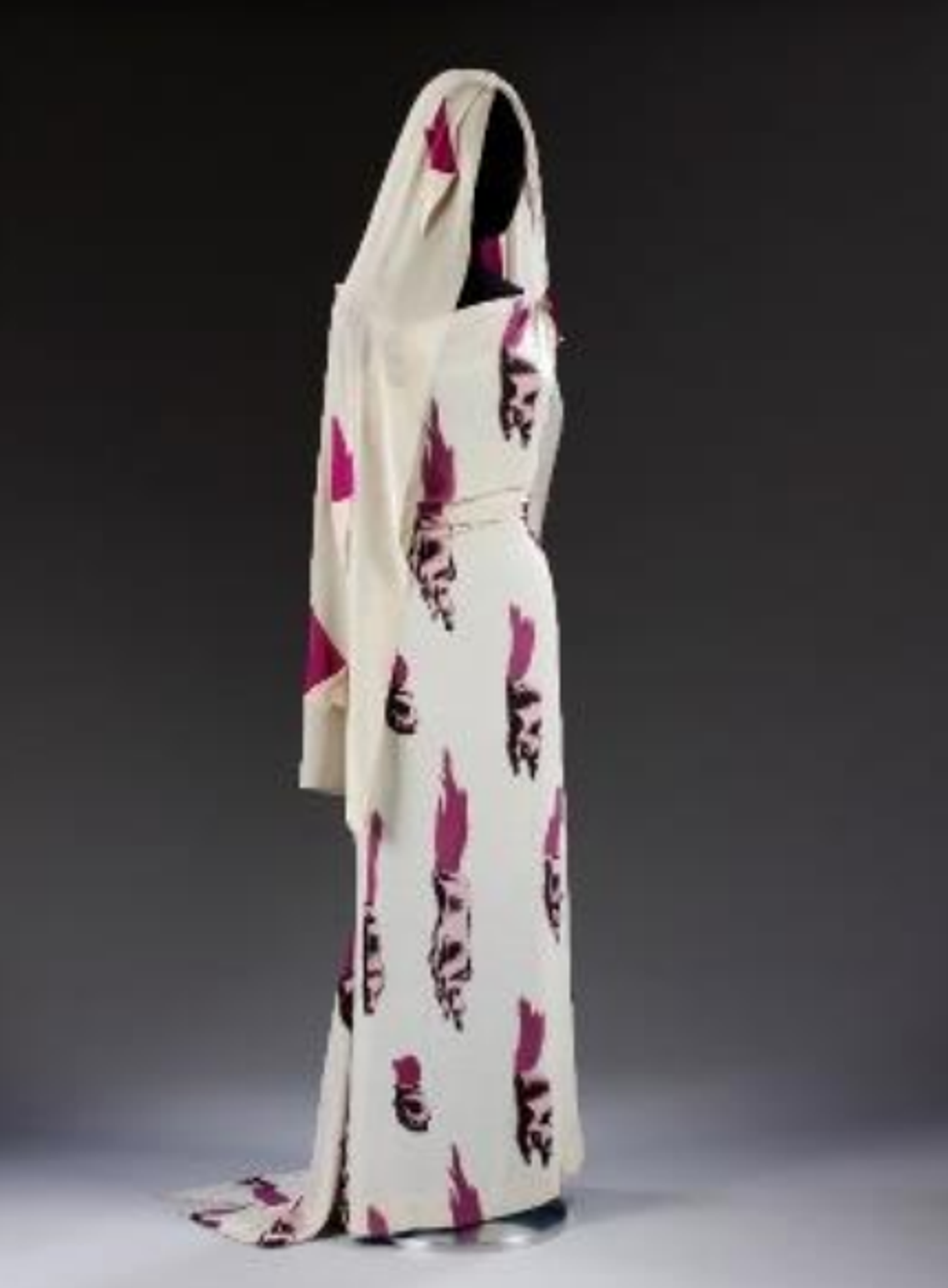 'Tears' Evening dress and head veil, designed by Elsa Schiaparelli, February 1938 for Circus Collection, summer 1938. Fabric designed by Salvador Dali Victoria and Albert Museum, London
'Tears' Evening dress and head veil, designed by Elsa Schiaparelli, February 1938 for Circus Collection, summer 1938. Fabric designed by Salvador Dali Victoria and Albert Museum, London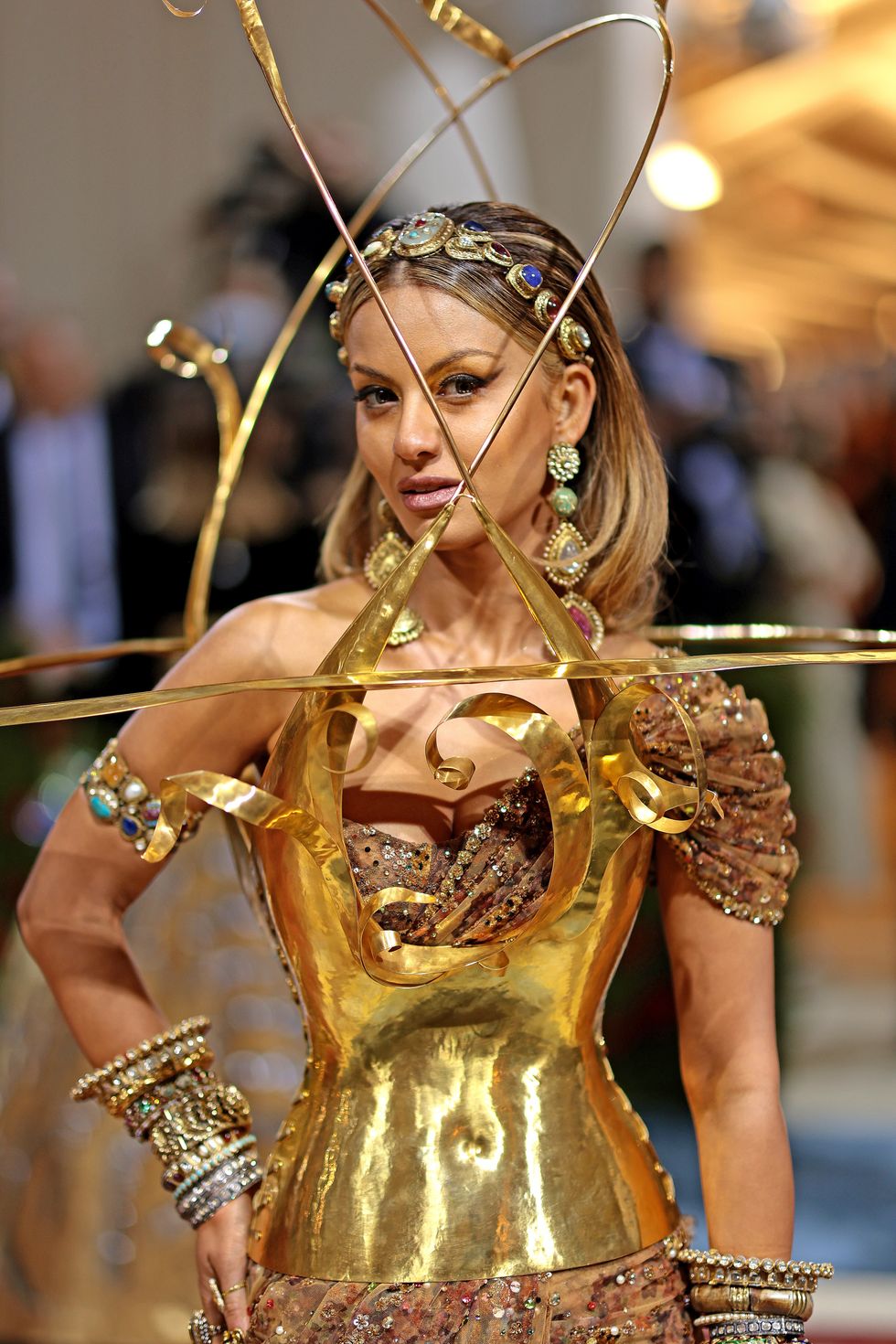 Natasha Poonawalla attends The 2022 Met GalaGetty Images
Natasha Poonawalla attends The 2022 Met GalaGetty Images 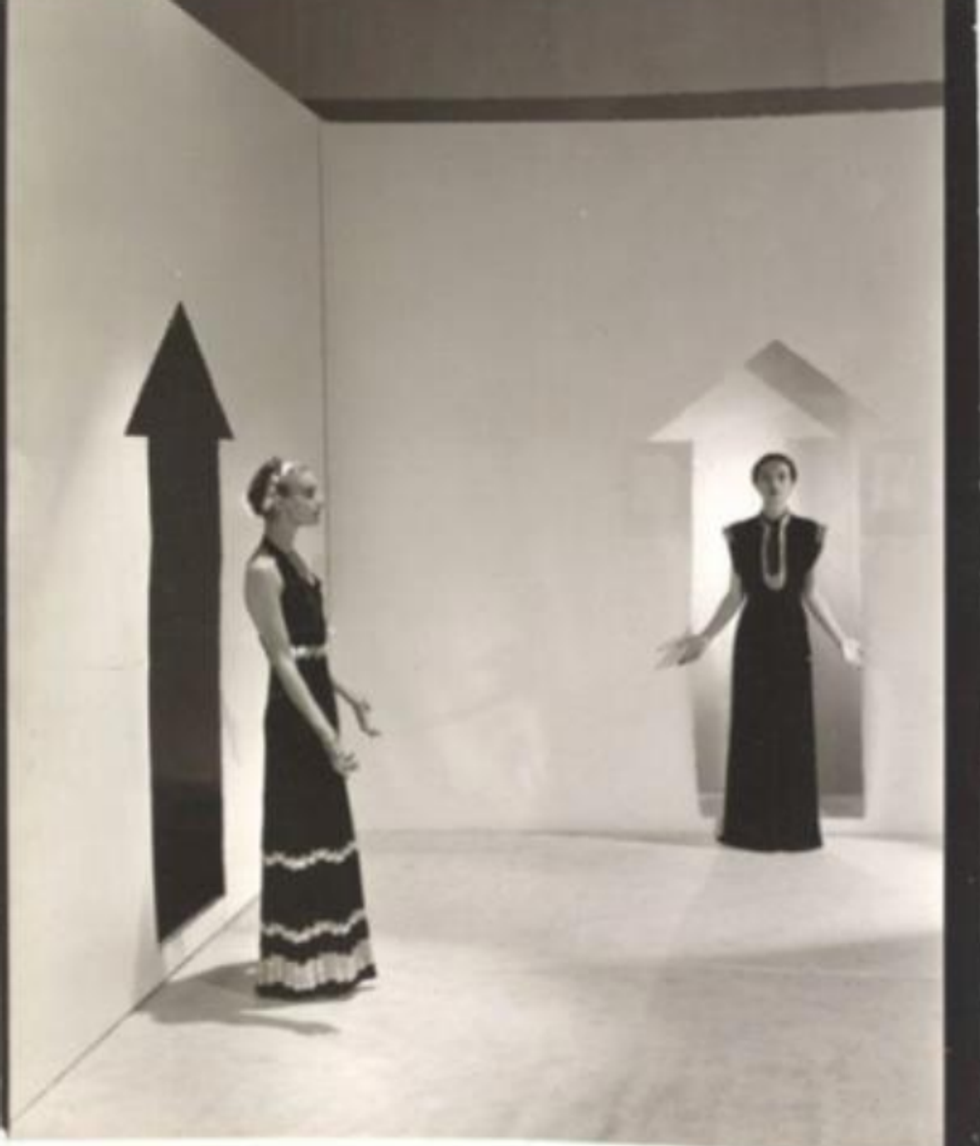 Vogue 1936; Two models, standing in a white room with arrows painted on walls and wearing dresses by Schiaparelli;Cecil Beaton/Condé Nast via Getty Images
Vogue 1936; Two models, standing in a white room with arrows painted on walls and wearing dresses by Schiaparelli;Cecil Beaton/Condé Nast via Getty Images










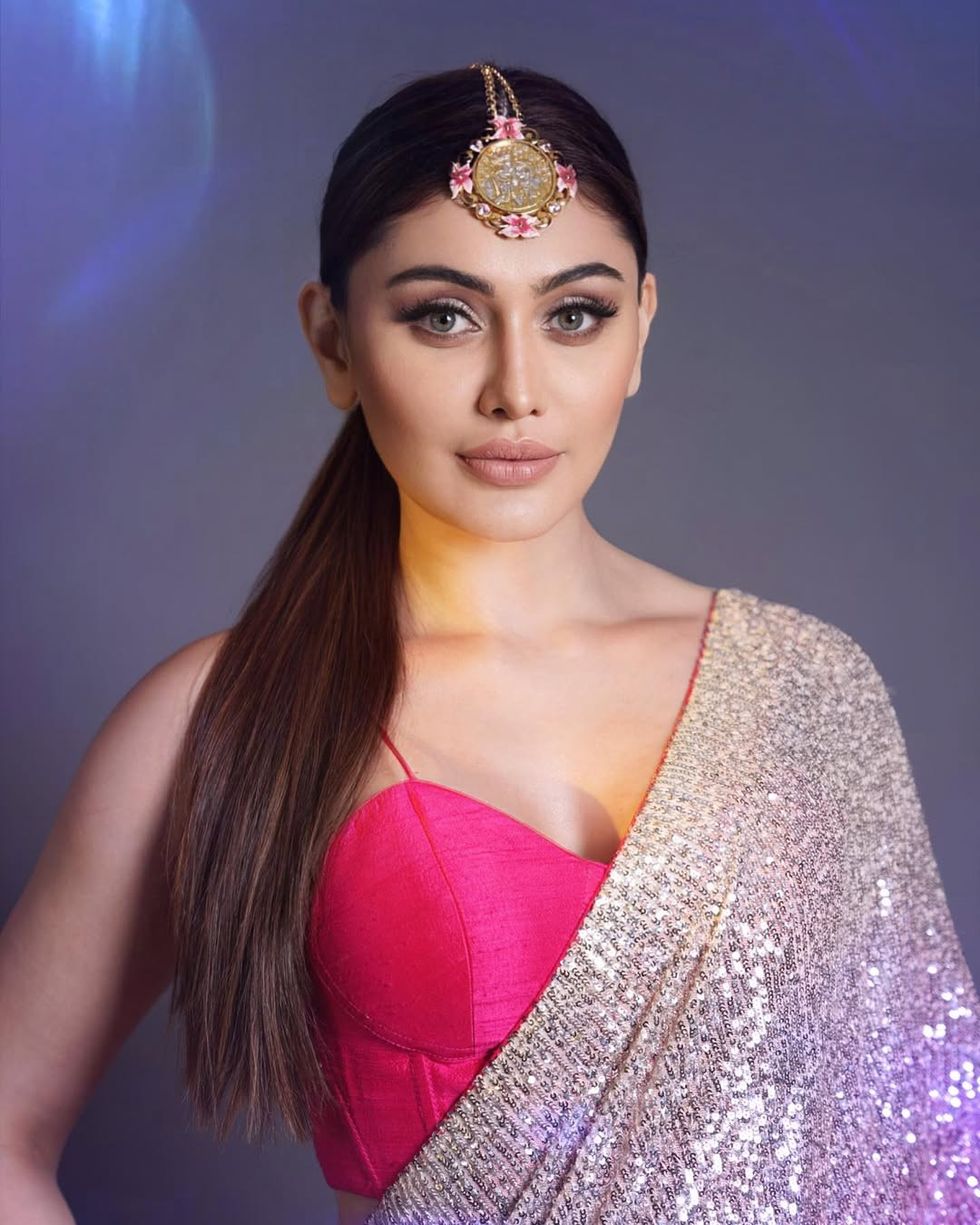 Shefali Jariwala death raises concern over anti ageing drugs and self medication Instagram/shefalijariwala
Shefali Jariwala death raises concern over anti ageing drugs and self medication Instagram/shefalijariwala 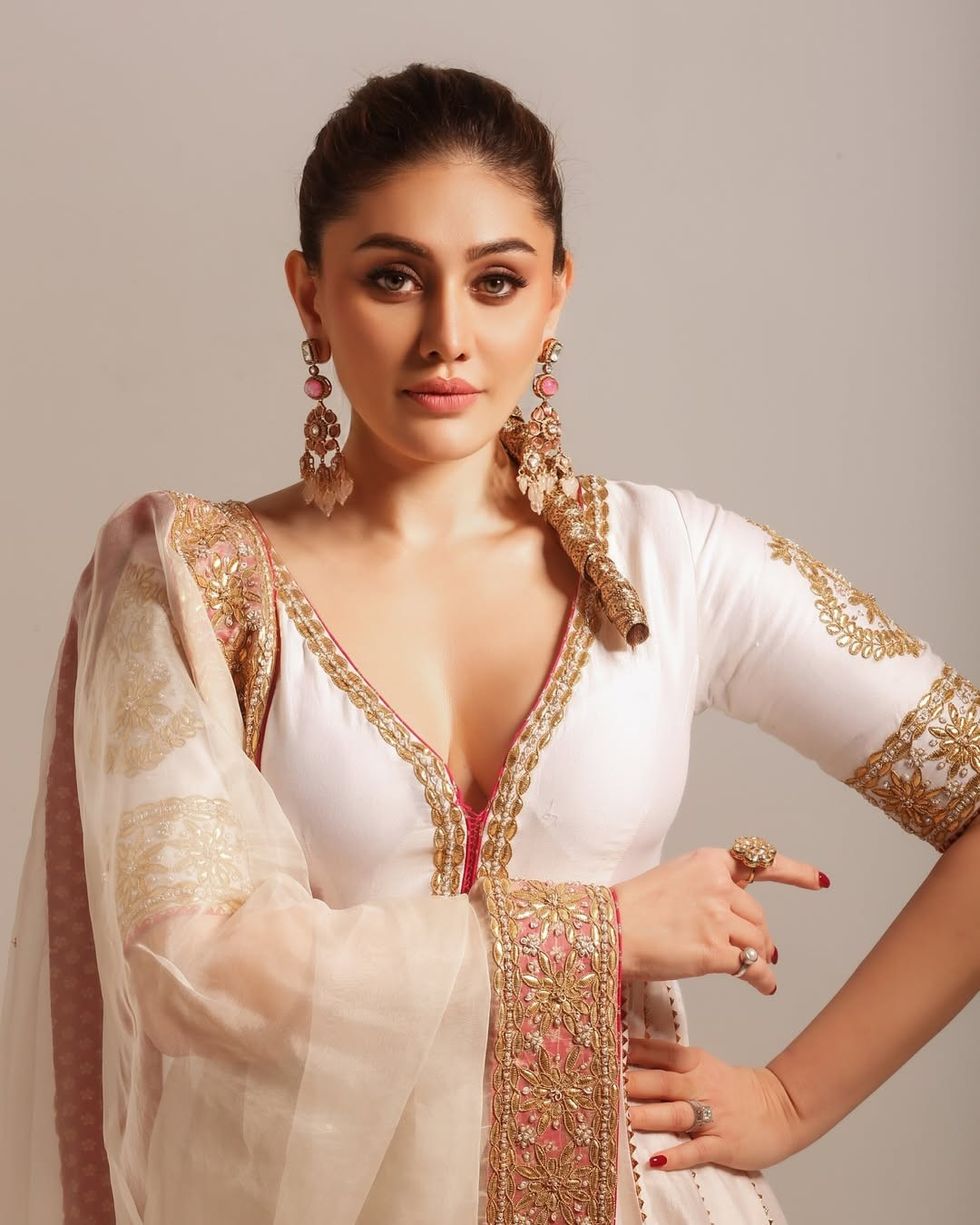 Anti ageing pills found at Shefali Jariwala home spark health safety debate Instagram/shefalijariwala
Anti ageing pills found at Shefali Jariwala home spark health safety debate Instagram/shefalijariwala 
 Prada confirms Kolhapuri chappals inspired its 2026 Milan collectionInstagram/
Prada confirms Kolhapuri chappals inspired its 2026 Milan collectionInstagram/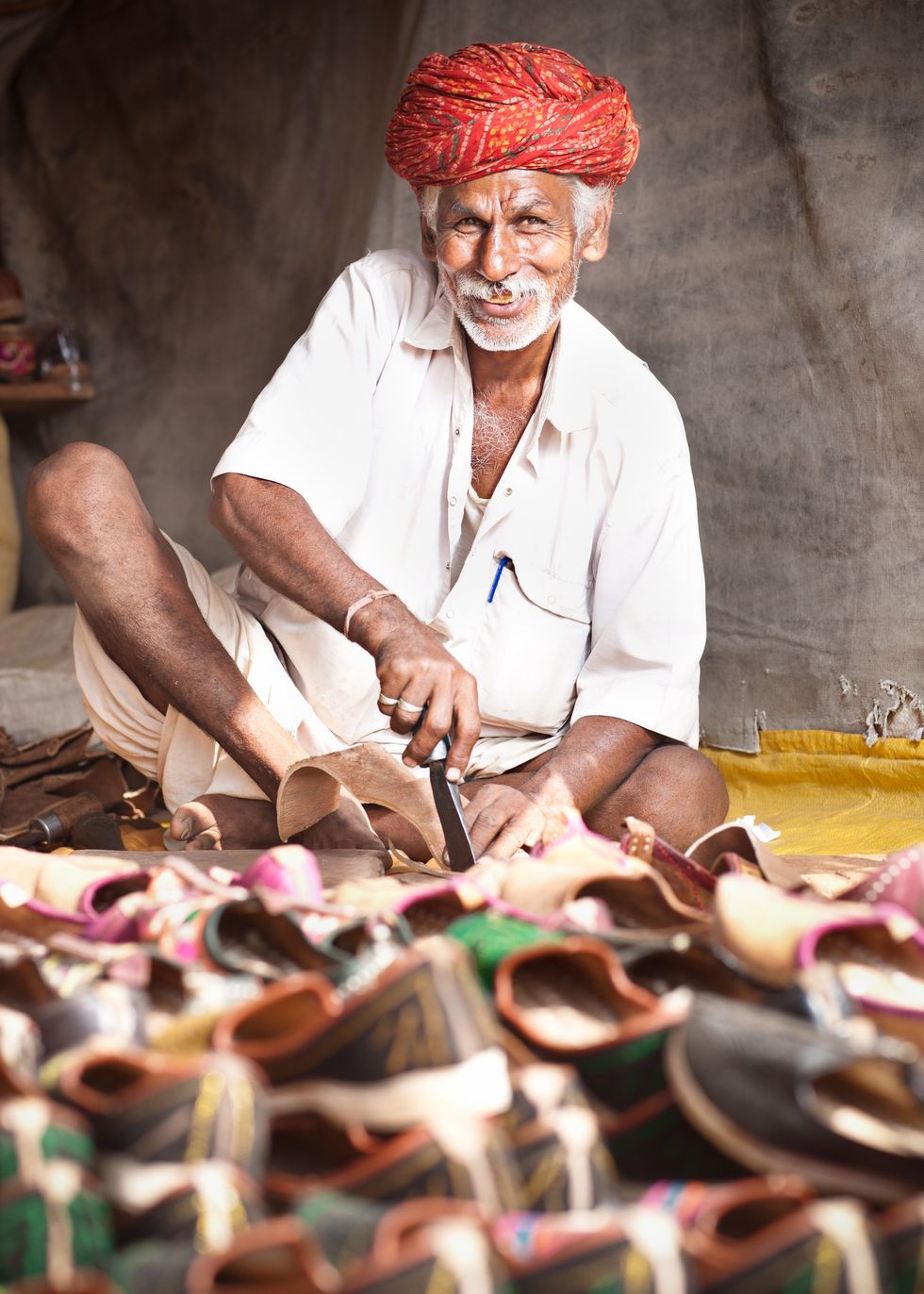 Kolhapuri chappals have been crafted for centuries and received GI tag in 2019 iStock
Kolhapuri chappals have been crafted for centuries and received GI tag in 2019 iStock 
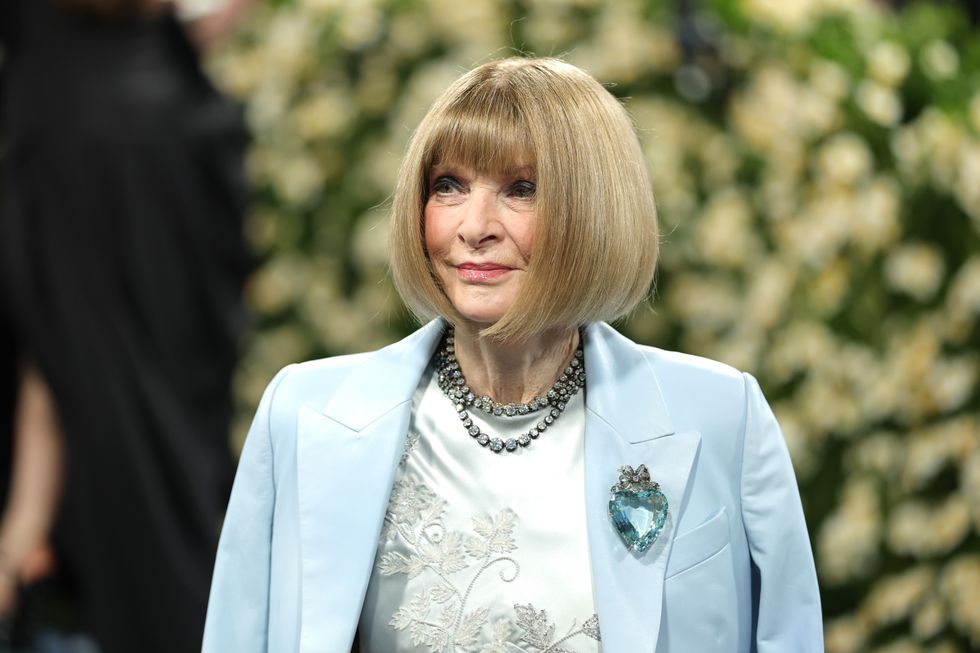 Wintour also became synonymous with the Met GalaGetty Images
Wintour also became synonymous with the Met GalaGetty Images